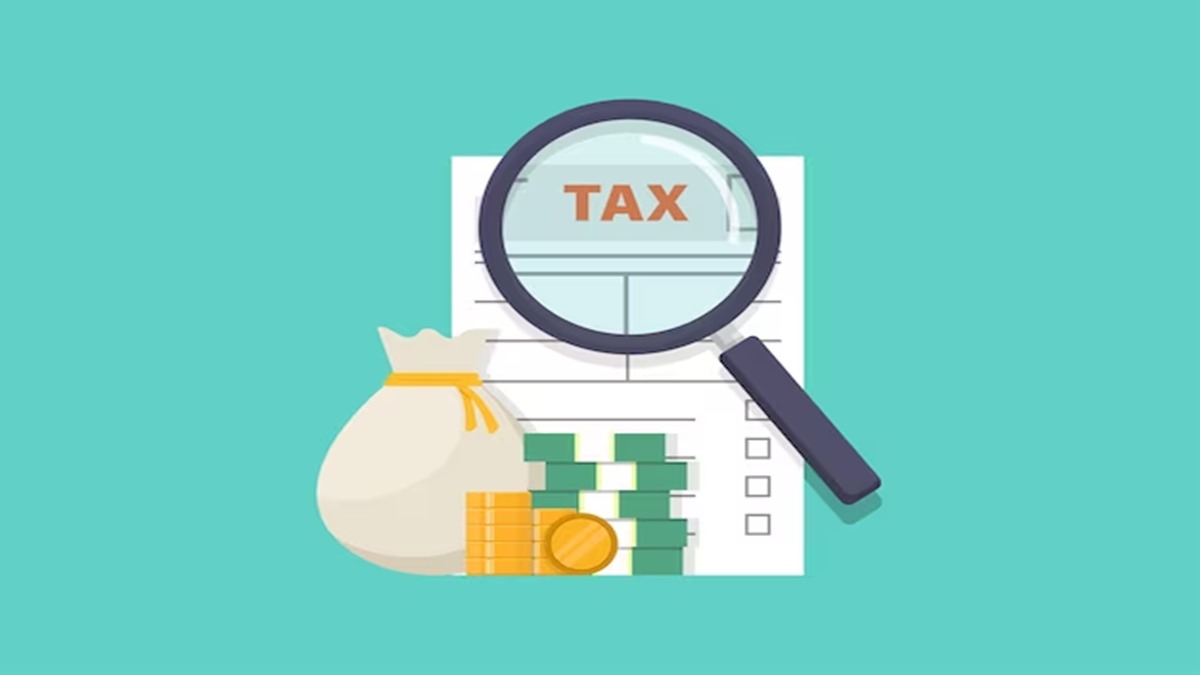Multi-year-high tax buoyancy recorded in the first half of FY24 by the Centre raise questions about how much of the spurt is attributable to higher revenue productivity, and the use of the implicit price deflator.
Statistically, the buoyancy of a tax system gauges the overall responsiveness of tax revenue to variations in the GDP, and deliberate adjustments in tax policies over time. Policymakers have traditionally interpreted it as the percentage variation in revenue linked to a one percent change in GDP growth in nominal terms.
“If the tax buoyancy is 1 (that’s if the nominal GDP and tax collections both grow at the same pace), it means that the tax system is efficient as generating revenue in parallel to the growth being generated,” said DK Pant, chief economist, India Ratings and Research.
“But if it grows beyond 1 consistently for two-three years, then it means, those taxpayers who were not a part of the tax net before have been brought in it, and the tax base has widened,” he said.
In H1 FY24, the tax buoyancy was at 1.9 – which is the highest recorded in the past six years, barring FY22 when it was 2.6 due to low base, but this is also partly due to the lower nominal GDP growth, which was depressed on account of negative WPI (wholesale price index) prints in the first half. In H1, gross tax collections, net of refunds, grew 16.3% year-on-year. And GDP, in nominal terms, grew by 8.6%.
However, even if nominal GDP had grown 11% during H1, tax buoyancy in April-September would be 1.5 – indicating that the sharp rise in collections is largely a result of structural changes in the tax administration.
“Higher tax collections is due to a combination of higher growth, inflation and compliance cum enforcement measures,” said Madan Sabnavis, chief economist, Bank of Baroda. “We have seen better corporate profits this year so far which will manifest in higher tax collections.”
Nabin Ballodia, Partner – Tax & Regulatory Services, BDO India said: “The use of technology and data collection by the revenue authorities have resulted in cross verification of economic transactions on a seamless basis and identifying revenue leakages. Online filing of GST returns and cross matching of input credits have induced even small businesses to move from the parallel economy to mainstream.”
The Budget has pegged nominal GDP to grow 10.8% in FY24, but economists have pegged the growth rate around 9-9.5%. The nominal GDP in H2 will likely grow at a higher pace as compared to H1, as the WPI is expected to stay inflationary in the second half.
Therefore, since nominal GDP growth in H2 is likely to be higher, while tax collections is expected to slow down – the tax buoyancy of 1.9 recorded in H1 is unlikely to sustain for the full year.
In April-September, gross tax collections had grown 16.3% year-on-year, while in October-November, the growth slowed to 8.7%. Also, since this year, the advance tax collections in H1 (up to September 16, 2023) were up 21% higher on year – a spurt in collections and subsequently buoyancy was witnessed during the period.
Going forward, experts say tax buoyancy of current levels may sustain to an extent in the upcoming financial year as well, notwithstanding some challenges to real GDP growth.
“Economic conditions, global factors, and unforeseen events can influence tax revenues. However, if the government continues to focus on effective enforcement measures, tax compliance, and implements policies that support economic growth, there is a possibility that the positive trend may continue,” said Swatantra Bhatia, Partner, Mazars in India.
BDO’s Ballodia says that there is a scope for rationalisation in the corporate and personal income tax rates in the upcoming interim Budget. “This would not only attract foreign investors but would also propel local population to move towards tax compliance as non-compliance would increasing become less attractive,” he said.

